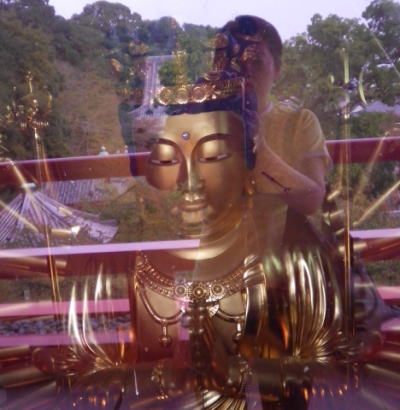

What are Buddha Images for?
But what are these Buddha images for? To adorn the temple halls? Or to worship them to elicit some miracle in your favour? Just as my friend who once took Buddhism for idol worship, some may think so because of Buddha image galore. But Buddhism is not an idolatry. Those images, materially made of wood, metal, or stone, don’t have any inherent divine power (of course!), then where’s the point rendering our respect to them? To that question, there may be several answers, but I hold the idea that they are the reminder of buddhahood. They are the doors to the world of prayer, or even the interfaces for focused meditation. For example, suppose you are thinking of someone. Someone you miss, who is not around you right now. What do you do? Look at their photos? Right. But what if you don’t have their photos at that moment? Most of you would try to picture their faces in your mind, wouldn’t you? You try to reach their persona through their visual representation. Even though you are imaging their appearance, that appearance is not the object of your thought, but the person himself/herself is. So are Buddha images. Using them is simply easier and quicker. Picturing them can bring us into meditation instantly. And since there are numerous types of images, we can choose our favourite model. Or we can change it depending on the mental state at that time: pick a compassionate Yes, Buddhists daily put their palms together and pay respect in front of Buddha images. But that’s because they try to reach buddhahood through them, not worshipping the images themselves. (N.S.) |
